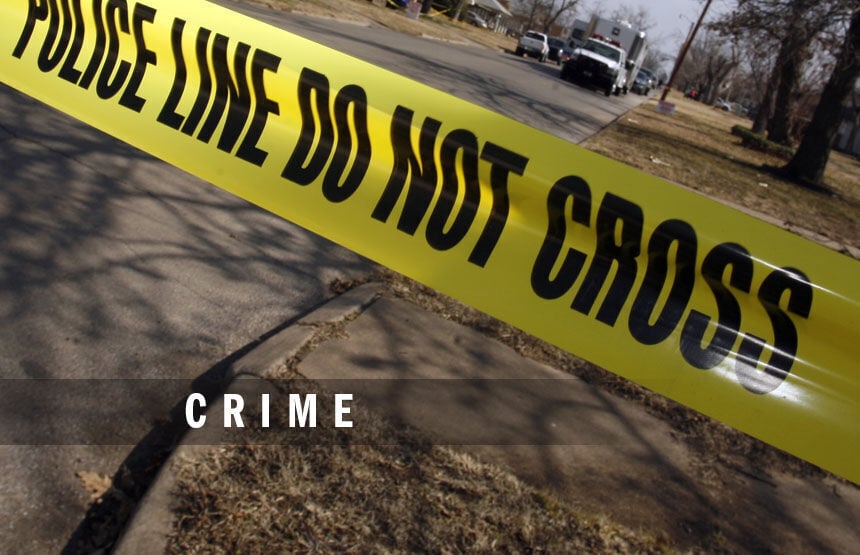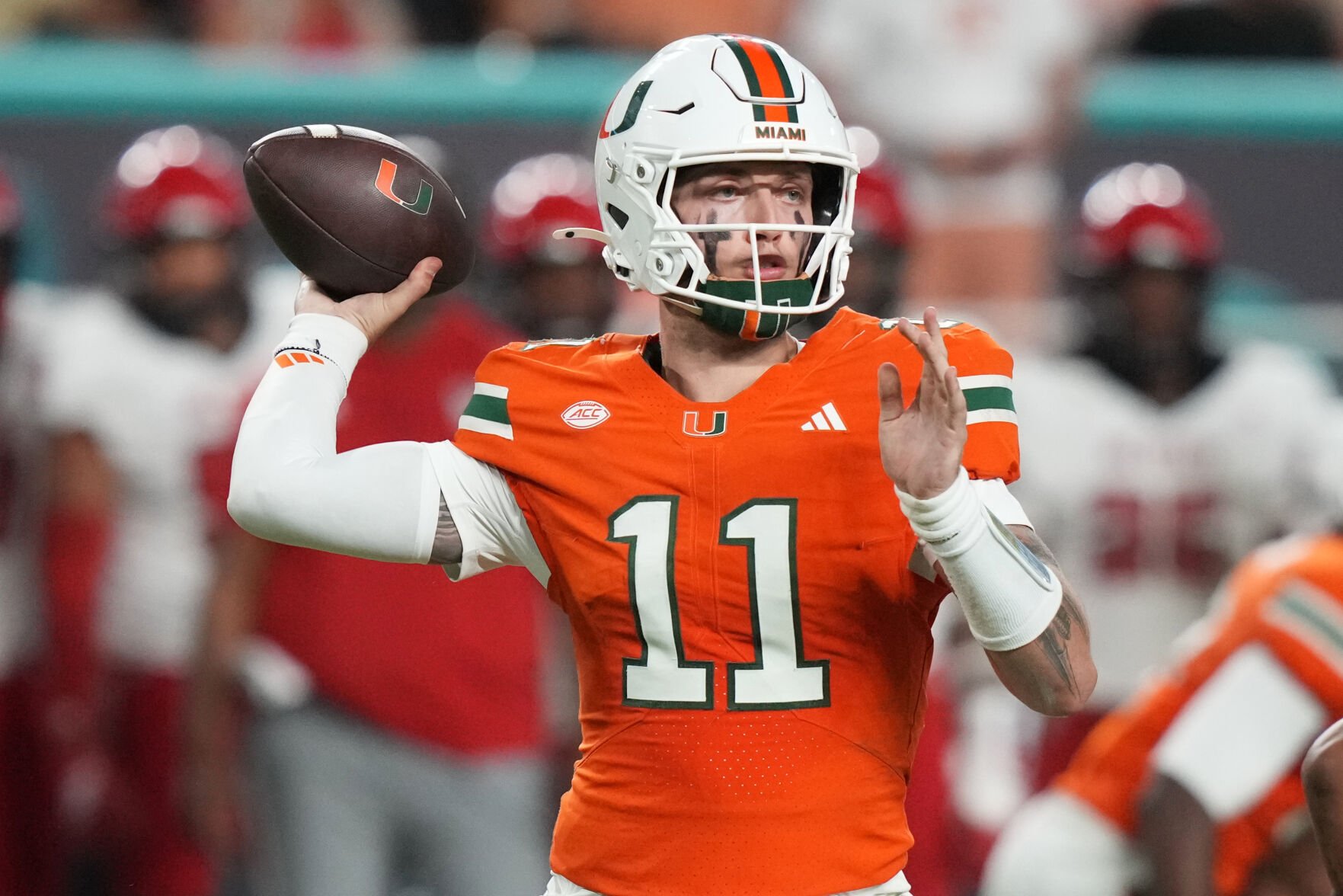A new whistleblower report reveals that Instagram’s teen safety features, introduced over the years under pressure from lawmakers and the public, may not do enough to protect younger users. Researchers warn that despite Meta’s efforts, vulnerabilities remain in the platform’s design.
Instagram design still makes it unsafe for teens: Report

Key Takeaways:
- A Meta whistleblower collaborated with university researchers on the report
- Teen safety features were introduced under congressional and public pressure
- The measures “fall short of their aims,” according to the findings
- The report raises concerns that Instagram’s platform remains risky for younger users
Context of the Report
A recent report from a Meta whistleblower, conducted in partnership with university researchers, scrutinizes Instagram’s teen safety measures. According to the findings, despite the platform’s updates to protect younger audiences, many of these features “fall short of their aims and fail to protect younger users.”
Why Safety Measures Were Implemented
In response to intensifying pressure from Congress and the general public, Instagram introduced various teen-oriented safety tools. Policymakers and parents alike expressed fears about exposure to inappropriate content and potential online exploitation. The measures—ranging from limiting contact between teens and unknown adults to incorporating age-related restrictions—were intended to shield adolescents from harmful experiences.
The Shortcomings
Despite these well-intentioned updates, the whistleblower’s report indicates that Instagram’s design remains insufficient in safeguarding teens. Researchers point to inadequate enforcement of certain restrictions and potential loopholes that still expose young users to unwanted interactions and harmful content. This discrepancy between corporate promises and real-world outcomes underscores what the report calls “falling short” of initial aims.
Implications for Younger Users
For millions of teenagers who rely on social platforms to connect with friends and express themselves, the report’s conclusions raise significant questions. While some changes have been implemented, the study argues that vulnerabilities remain in the platform’s user interface and policy enforcement. These vulnerabilities could potentially leave the door open to troubling behaviors, underlining the need for additional, more robust protections.
Looking Ahead
As the public and lawmakers continue to monitor social media platforms, Meta and Instagram may face renewed demands to upgrade their teen safety features. The whistleblower’s revelations serve as a reminder that platforms hosting younger users must continually evolve, ensuring that no gaps remain in efforts to protect the most vulnerable online communities.











